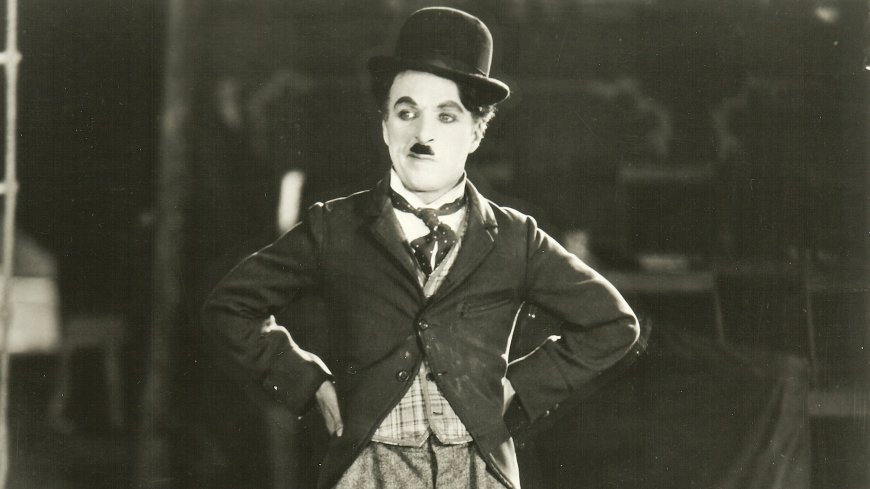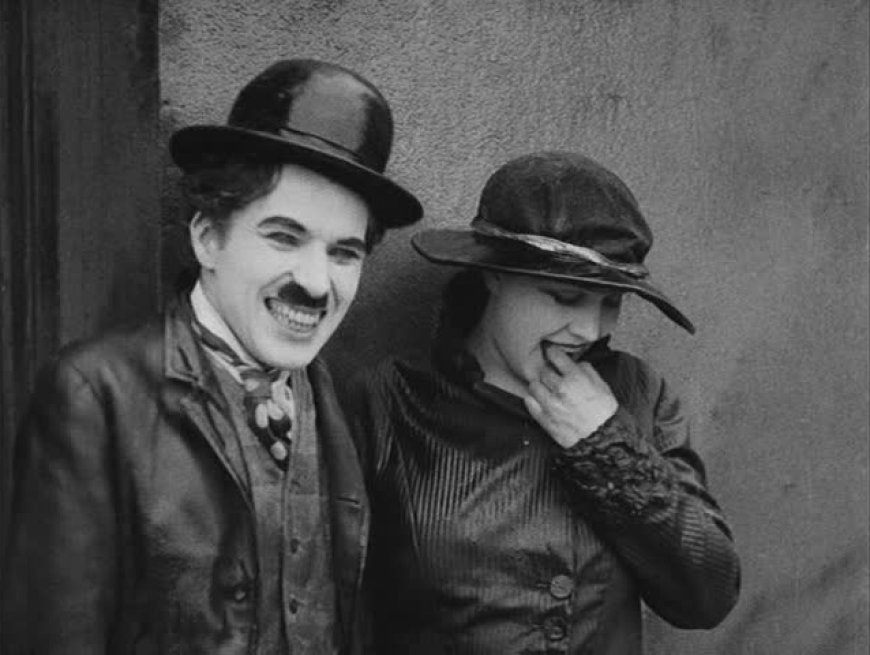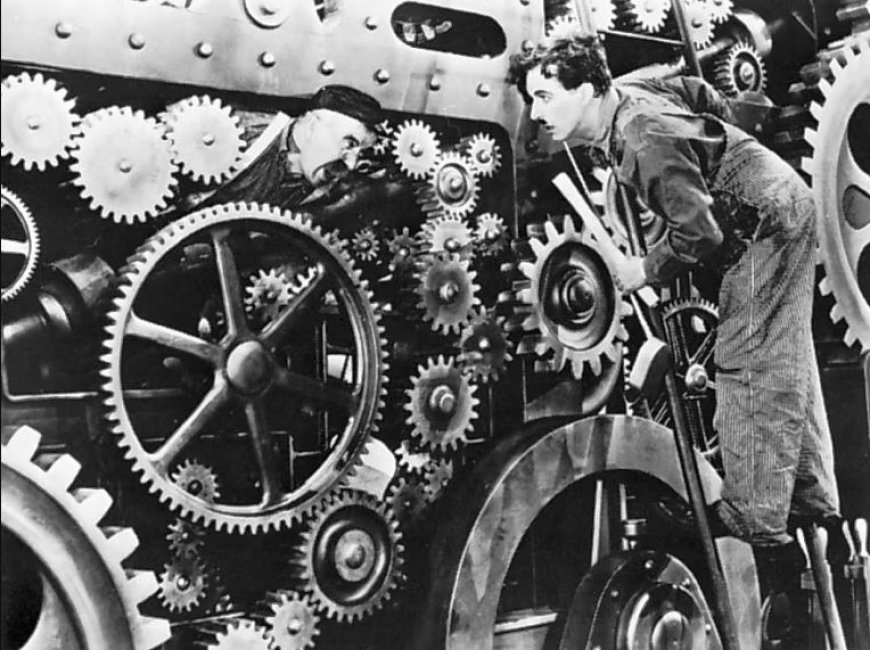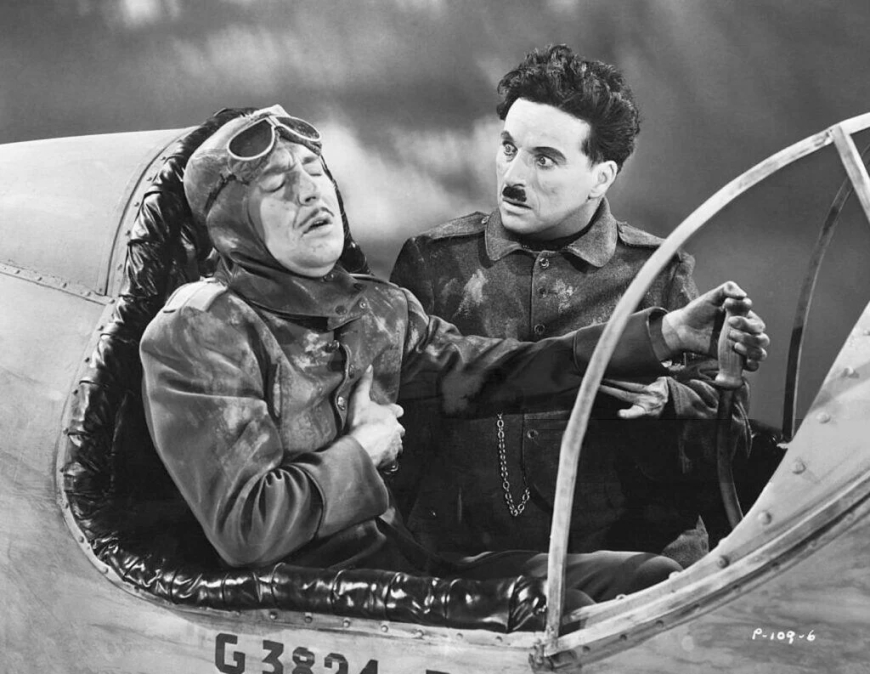Charlie Chaplin: The Enduring Art & Entertainment Legacy of The Tramp
He wasn't just a comedian—he was a cinematic visionary. Explore Charlie Chaplin's revolutionary blend of physical comedy, pathos, and social commentary that defines the art of cinema.

The Art and Soul of Charlie Chaplin: Why We Still Need The Tramp
Let's be real: talking about silent films from a hundred years ago can feel like a history lesson. But if there is one figure who completely demolishes that idea, it's Charlie Chaplin. He wasn’t just an entertainer; he was the first truly global superstar, an artist who figured out how to make the entire planet laugh—and cry—without uttering a single word.
Under the Art & Entertainment banner, Chaplin is our gold standard. Why? Because he didn't just star in movies; he invented the modern film director-auteur and used the ultimate form of escapism to deliver the hardest-hitting social critique imaginable.

The Tramp: A Tiny Man with a Giant Heart

The magic always came back to The Little Tramp. Think about his look: the tiny, ill-fitting jacket, the oversized, baggy pants, the signature wobble, and that ridiculously small mustache. It's an outfit that screams "failure," yet the man wearing it is always walking with this incredible dignity. That contrast? That's the genius of the art.
The Tramp wasn’t polished, he wasn’t perfect, and that’s what made him so human. He was the underdog who kept pushing forward, even when life, the law, and the relentless machinery of society seemed to knock him down at every turn. Through sheer determination and the power of his physical expression, he gifted the world a reason to cheer—a beautiful, raw art form called mime.
Chaplin had an extraordinary ability to evoke deep emotions. He could make audiences laugh uncontrollably one moment and then hit them with a poignant moment of solitude or yearning the next. His film The Kid (1921) remains a powerful testament to this, illustrating that comedy can tackle serious, intricate issues like poverty and the complexities of parental love, rather than just relying on slapstick humor.
When it comes to the entertainment industry, Chaplin was more than just an actor following orders; he was a visionary leader. He took charge of his projects, ensuring that his artistic vision was realized without compromise.
He write , produced, directed, and—get this—even wrote the music for his later movies. This level of creative control was unheard of in early Hollywood. He literally demanded the right to make his art the way he wanted it. And, let’s not forget: co-founding United Artists in 1919 was a massive, industry-altering move. It was the most effective way to defend artistic integrity from the massive studio apparatus.
The Tradition That Remains True
If you want to know why Chaplin still matters in the 2025 entertainment cycle, look no further than Modern Times (1936). He made that film to slam the soulless nature of factory work and the obsession with machines. Sound familiar?

Today, we’re all sitting here worrying about AI taking over jobs and the constant, relentless pace of technology. Chaplin was there first, saying, "Hey, maybe this whole machine thing is turning us into robots." That message isn't old-fashioned; it's practically required viewing for our times.

He was the rare genius who could make a film like The Great Dictator (1940), an incredibly brave and scathing political satire against Hitler, and somehow still weave The Tramp's simple, humanist message right into the climax. That's the blend: high art, sharp politics, and genuine, mass-market entertainment.
Chaplin left a blueprint for every comedian, every director, and every artist who believes that their work should not just distract us, but actually make us feel and think a little deeper about what it means to be human. He really was one of a kind.
What's Your Reaction?
 Like
0
Like
0
 Dislike
0
Dislike
0
 Love
0
Love
0
 Funny
0
Funny
0
 Angry
0
Angry
0
 Sad
0
Sad
0
 Wow
0
Wow
0























































































































































































